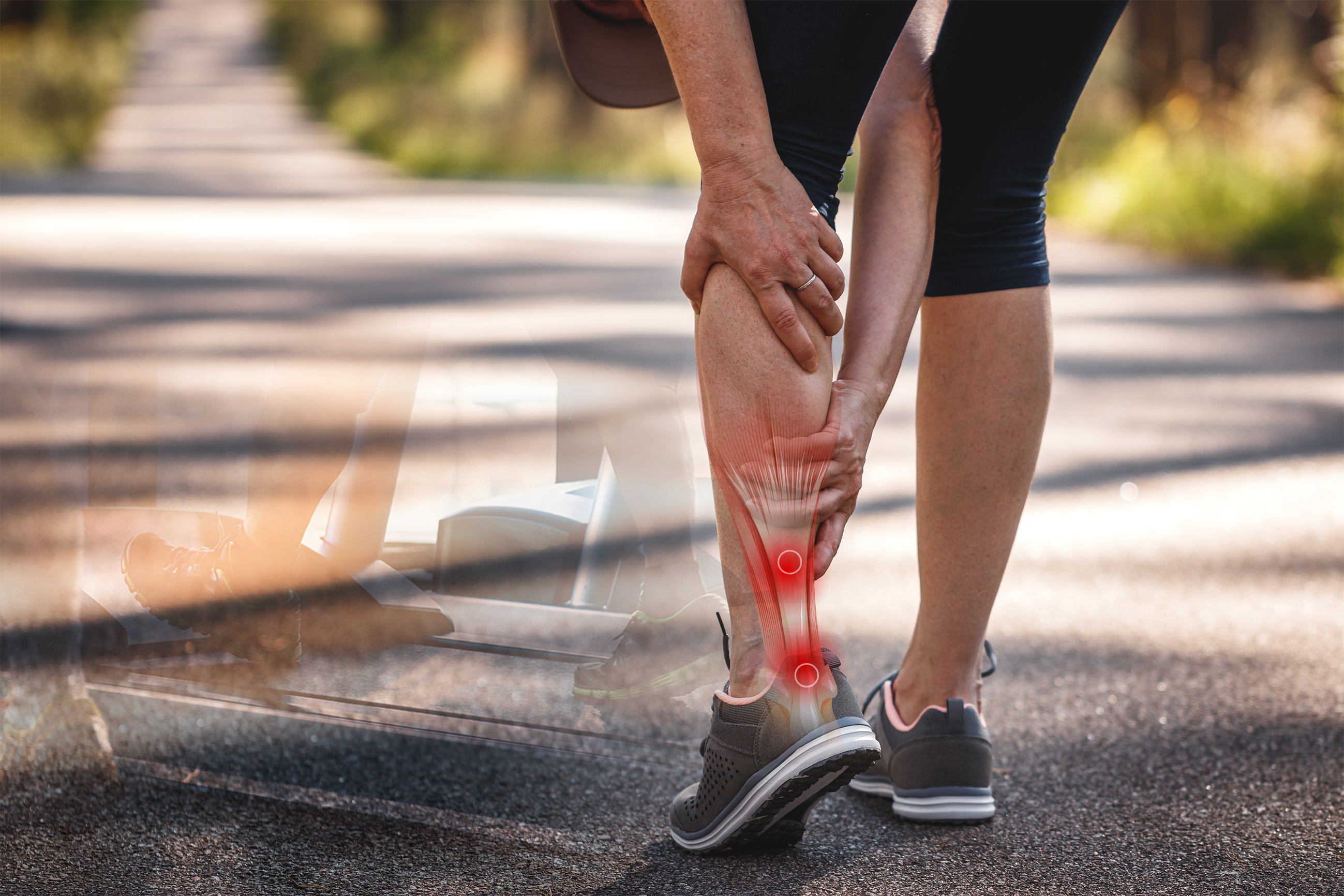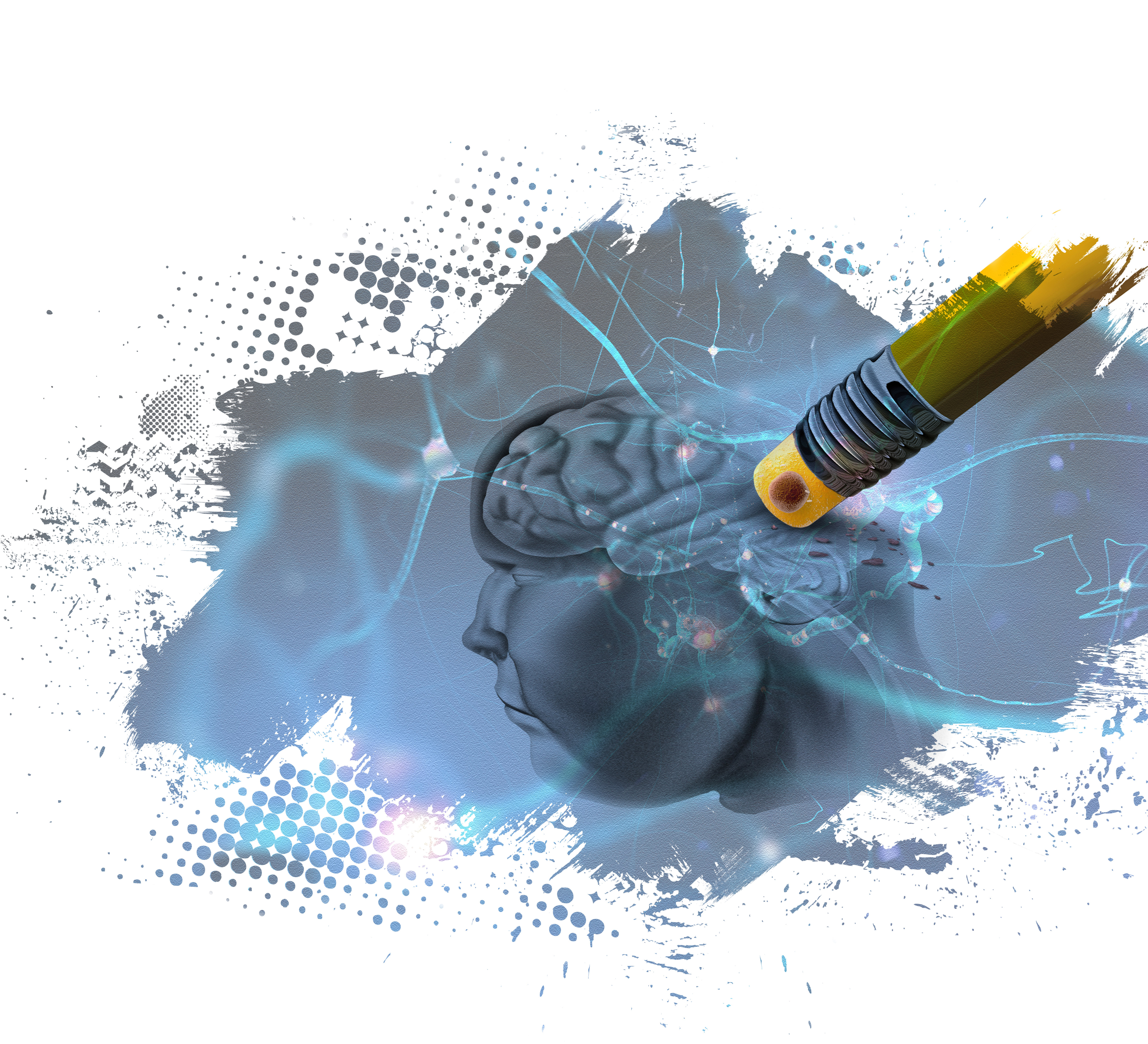
Tendinopathies are generally referred to as conditions including chronic pain and rupture in tendons. Since inflammatory cells are usually absent in the lesion, tendinopathy has long been recognised as a degenerative condition. Accordingly, anti-inflammatory drugs yielded only modest therapeutic benefits against tendinopathy in previous clinical trials1. Remarkably, matrix metalloproteinases (MMP) are potent enzymes that degrade all components of the connective tissue, modify the extracellular matrix (ECM), and mediate the development of painful tendinopathy2. Therefore, inhibiting MMP activity to basal levels would potentially reduce excessive tissue degradation and, hence, control the development of tendinopathy.
An Overview of Tendon Disorders
Tendon disorders are one of the most frequent orthopaedic diagnoses, accounting for over 30% of all musculoskeletal consultations. An estimated 30 million cases of tendon and ligament injuries are seen worldwide annually, leading to extensive cost and loss of labour productivity3. Although sports injuries contribute to a substantial proportion of tendon disorders, the condition also affects the general population. Essentially, ageing is widely accepted to be associated with the increased prevalence of tendinosis and injury, while degenerative changes in tendons are commonly found in people aged 35 or above4.
Conventionally, tendinopathy refers to the clinical condition characterised by p ain, swelling, functional limitation of the tendon and nearby structures, and subsequently the chronic failure of the healing response process. Of importance is the inflammatory process, which is rare in tendinopathies, but degenerative phenomena are detected in most cases. In fact, tendinopathies are commonly due to overuse conditions, such as in sports and working environments5. Interestingly, while exercise is crucial for the rehabilitation in tendinopathies, repetitive loading of a tendon beyond its healing capacity would lead to collagen cross-links failure and, thereafter, collagen fibres start to slide past one another, followed by tissue denaturation6.
Tendon Structure and Its Remodelling
The key components of the ECM of tendons are the dense, fibrillar network of parallel-aligned collagen fibres, predominantly consisting of type I collagen, proteoglycans and glycoproteins. Notably, the structure and composition are varied within a tendon, particularly at the myotendinous junction and at sites susceptible to compression (Figure 1).

Figure 1. Tendon structure, A) in midsubstance, and B) insertion1, T: tendon, F: fibrocartilage, C: calcified fibrocartilage, M: mineralized bone
For instance, upon compressive load or shear, fibrocartilaginous regions, where there is increased expression of type II collagen and aggrecan, would be formed1.
Apart from the structural and compositional variation, tendons are remodelled according to the specific functional demands on them. Highly stressed tendons show increased levels of collagen remodelling than those exposed to less stress. The continual process of tendon matrix remodelling is a constitutive activity affecting proteoglycans in addition to collagen7, whereas MMPs are reported to be one of the primary mediators.
MMPs and Tendinopathy
MMPs are zinc-dependent endopeptidases that break down collagen in the ECM. There are 4 main groups of MMPs, organised according to the substrate preference of these enzymes. Remarkably, MMP-1, -8, and -13 constitute the group of collagenases which cleave all collagen subtypes, especially types I, II, and III collagen, which confer mechanical strength to tissues. MMP-2 and -9 are gelatinases, which degrade smaller collagen fragments released, as well as cleave denatured collagens and type IV collagen. Stromelysins (MMP-3 and -10) degrade proteoglycans, fibronectin, casein, types III, IV, and V collagen. Moreover, matrilysins (MMP-7) are broad-spectrum proteinases engaged in the activation of the other MMPs2.
With regard to tendinopathy, the condition typically manifests with the overexpression of fibrillar collagens, disorganisation of collagen fibril orientation, a reduction in network collagen content, and altered fibroblast morphology. Essentially, the increase in fibrillar collagens is accompanied by an increase in the expression of MMP-1, -2, -8, -9, and -13, which may contribute to the development of tears since these MMPs breakdown the primary load-bearing collagen fibres. Furthermore, the increased levels of MMP-2 and -9 may be responsible for the altered fibroblast morphology and inhibition of tendon regeneration, which is the hallmark of tendinopathy8.
Apart from the pathophysiology of tendinopathy, MMPs play an important role in tendon repair and remodelling. For instance, MMP activity is elevated during the inflammatory phase of healing after acute injuries, whereas the increased MMP activity facilitates the repair and regeneration of damaged ECM9.
The composition of the ECM of tendons depends on the balance between its formation and degradation, while an excess of MMP activity can lead to progressive degeneration and weakening of the ECM10. Therefore, the strict regulation of MMP production and activity is vital for ECM homeostasis.
Therapeutic Potential of MMP Inhibition against Tendinopathy
The regulation of MMP occurs at the levels of gene transcription, pro-MMP activation, and inhibition of active MMPs11. Remarkably, therapeutic agents inhibiting active MMPs for controlling tendinopathy have been intensively studied. The most common mechanism of action is binding to the zinc site of the MMP enzyme, thereby blocking its activity.
Doxycycline is a potent MMP inhibitor, which shows a broad spectrum by inhibiting MMPs -1, -2, -7, -8, -9, -12, and -13. The agent inhibits MMPs not only by zinc-binding but also at the gene expression level and by reducing activation via the inflammatory cascade and through reactive oxygen species (ROS)11.
Kessler et al. (2014) demonstrated in rat Achilles tendon transection models that 4-week oral gavage of doxycycline significantly inhibited MMP activity (Figure 2).
Figure 2. MMP activity in transected and repaired Achilles tendons12, *p<0.05 versus injury group, ^p<0.05 versus 96-hour time point, doxy: doxycycline
Also, extended doxycycline administration was associated with improved collagen fibril organisation and enhanced biomechanical properties (Figure 3A and 3B)12.
Figure 3. Biomechanical properties of transected and repaired Achilles tendons12, A) ultimate tensile strength, B) stiffness
The results indicated that exposure to doxycycline may improve the repair of Achilles tendon injuries.
Besides doxycycline, the activity of MMPs can be inhibited by tissue inhibitors of metalloproteinases (TIMPs). TIMPs inhibit MMPs by binding to the active site of the MMP catalytic domain. 4 TIMPs have currently been identified, and in vitro studies suggest that all 4 TIMPs can inhibit all known MMPs. However, evidence on the clinical performance of TIMPs in controlling tendinopathy is inadequate.
Although the pathophysiology of tendinopathy is yet to be fully understood, the central role of MMPs in tendon homeostasis provides insight into the development of therapeutics against the disease. Remarkably, targeted inhibition of overexpressed MMPs would likely be a promising strategy for countering tendinopathy and improving tendon injuries.
References
1. ARiley. Nature Clinical Practice Rheumatology 2008 4:2 2008; 4: 82–9. 2. Del Buono et al. Muscles Ligaments Tendons J 2013; 3: 51. 3. Abbah et al. Stem Cell Res Ther 2014; 5: 38. 4. Yu et al. BMC Musculoskelet Disord 2013; 14: 1–7. 5. Loiacono et al. Medicina (B Aires) 2019; 55. DOI:10.3390/MEDICINA55080447. 6. Abate et al. Arthritis Res Ther 2009; 11: 235. 7. Riley et al. Matrix Biology 2002; 21: 185–95. 8. Davis et al. J Appl Physiol (1985) 2013; 115: 884–91. 9. Kandhwal et al. Am J Transl Res 2022; 14: 4391. 10. Arnoczky et al. Am J Sports Med 2007; 35: 763–9. 11. Pasternak and Aspenberg. Acta Orthop 2009; 80: 693–703. 12. Kessler et al. J Orthop Res 2014; 32: 500–6.





